
The Horn of Africa brings to mind treacherous coastlines patrolled by AK47 wielding pirates, unforgiving desert plains and fiercely proud tribes. And there is Djibouti, a land of stark beauty with blinding salt flats, mysterious moonscapes, petrified forests and remote mountains hidden away, far off the beaten track, waiting to be discovered.
It was hot. I didn’t need to hear the expletive escaping my brother’s mouth to confirm this as we descended down the plane’s steps. Nor did I need to double check my Lonely Planet copy which helpfully stated, “May-Sep: Some like it hot… some like it hot.”
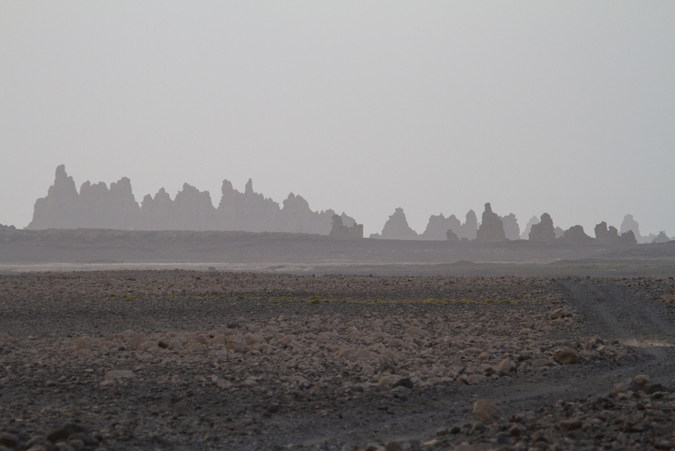
It was the first week of July. It was no less than 50 degrees Celsius. I could barely breathe. We found temporary respite in the airport. We spotted no other tourists; it looked like we had Djibouti all to ourselves. The perks of travelling in the low season.
We had no plan, just a vague idea about what we wanted to see in the next six days. Our French was terrible, my only carefully rehearsed phrase being, “What type of beer do you have?” It was not used much. Still, this was Djibouti and there was nothing that couldn’t be fixed.

Salah, a friend we made on the plane, soon hooked us up with Ibrahim who had just started his own business venture aptly named “Ibrahim Tours”. We were to be his first customers as we sketched out an itinerary with hand signals on a dirty napkin in Club Ethiopia (a place with the only affordable beer in town).
“There is nothing out here.” I mused as I stared out of the window as our Land Cruiser ate up the sands of the desert.

All signs of life had disappeared the moment we left the outskirts of Djibouti City, morphing into the barrenness of the Gran and Petit Barra depressions. It was a parched landscape etched with intricate patterns into the clay, windswept over millennia. It seemed unending.
As the sun dropped low over the horizon a land of pre-historic limestone chimneys emerged in the distance, rising from the desert carrying with them the angry heat from the depths of the earth. Our skilled Afar guide, Abdul, carefully navigated us through the quicksand-ridden expanse on unmarked roads. We watched the resilient Afar herdsmen stand guard on hilltops and draw near in a cloud of dust guiding their cattle to the precious water, a lifeline in these parts. Humanity can carve out an existence in the most extreme of places.
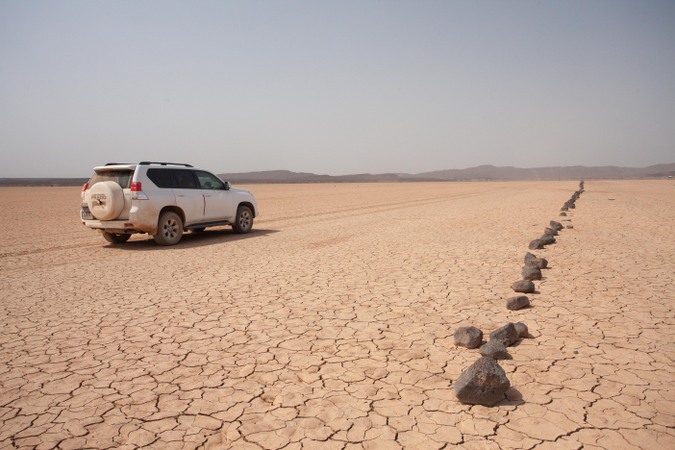
Lac Abbe was not a place for the faint-hearted. Lightning ravaged the skies and the wind tore at our clothes as we slept under the stars. In the morning, the thick mist obscured the chimneys as they hauntingly emerged and disappeared at a moments notice. Lac Abbe was positively apocalyptic in every sense of the word.
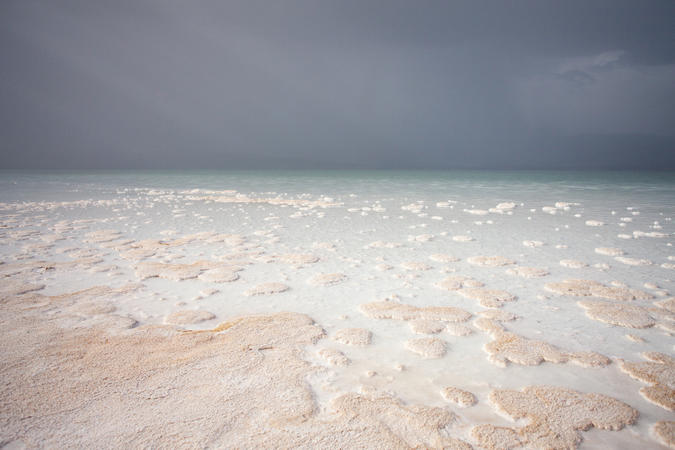
We left Lac Abbe behind and headed for Lac Assal, a crater lake located in the centre of the country deep in the Afar Triangle, known to be many times saltier than the ocean.
At 150m below sea level it is the undisputed lowest spot on the African continent.

A storm loomed large over the lake as we arrived at the blindingly white salt flats. The turquoise waters danced in the wind as we carefully stepped into the shallows. The salt was sharp like razor blades under our exposed feet. I screamed into the wind. I felt alive.
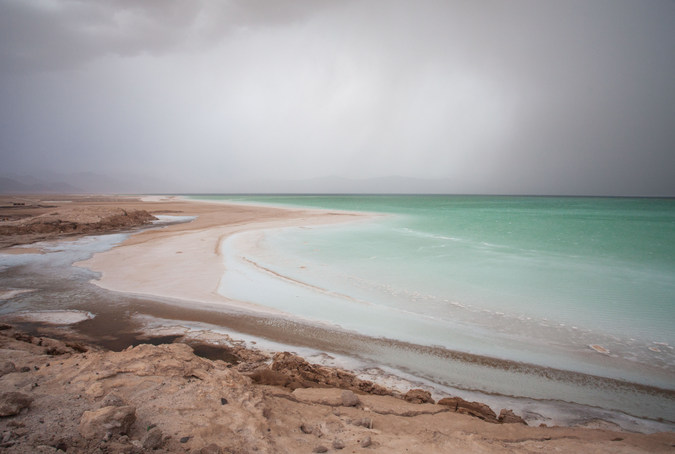
As night fell our Land Cruiser crawled its way up high into the remote Goda Mountains in search of the settlement of Dittilou located on the border of the famed Foret du Day.
We arrived deep into the night at a local camp and sleep came easy. The morning revealed the most incredible mountain vistas.
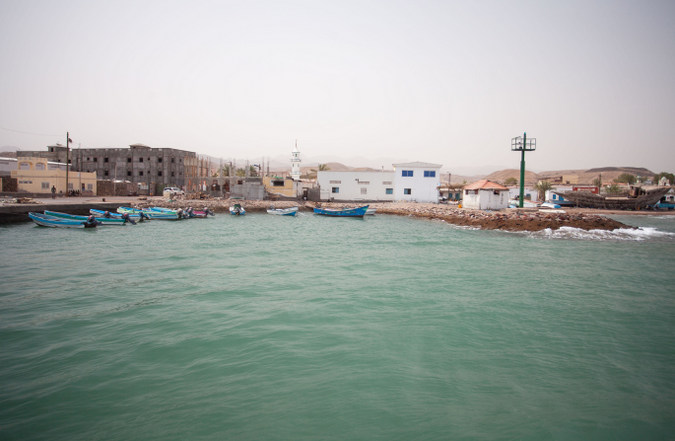
Hiking deep into the mountains in search of plane crashes and waterfalls was a privilege. Our journey continued on to another settlement in the mountains: Bankouale, a place where the elusive leopard is still said to roam.
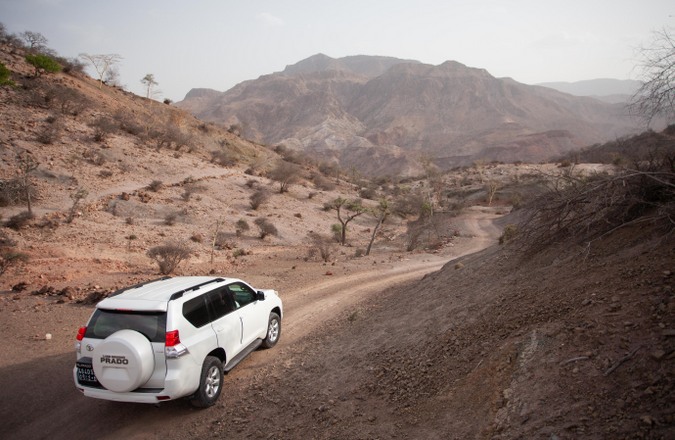
We left the mountains in our wake as we headed for the gritty Port City of Tadjoura, Djibouti’s oldest town, once ruled by the mighty Sultans of the gulf.
Today all that remains is camel strewn streets and a brand new Chinese port that sees no ships.
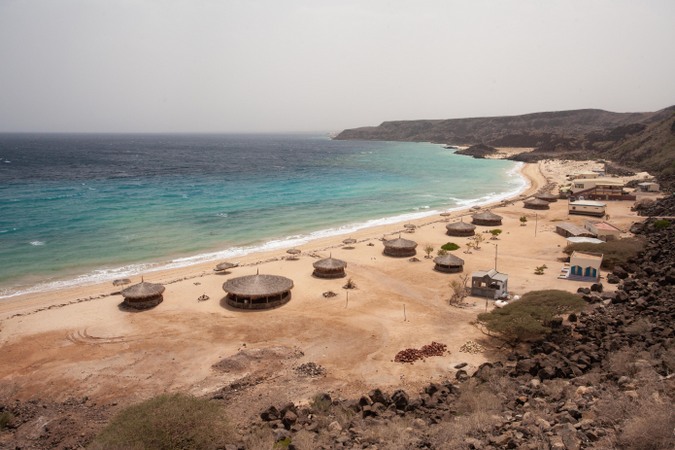
Another mystery that we weren’t going to solve that day – instead we headed for Sables Blancs, a beach only accessible by a steep ramp from the plateau above. The water was magical.
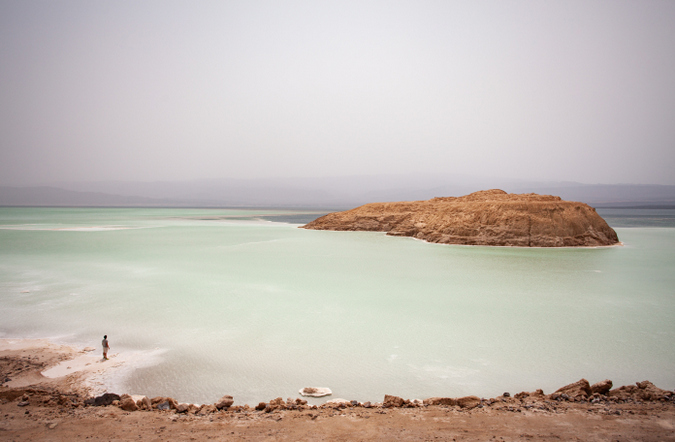
Djibouti is a place like no other. It’s a place made for the intrepid traveller who is searching for an experience that’s different and untouched by mass tourism.
Make no mistake, Djibouti is outrageously expensive but would I go again…? Probably!

To comment on this story: Login (or sign up) to our app here - it's a troll-free safe place 🙂.![]()






